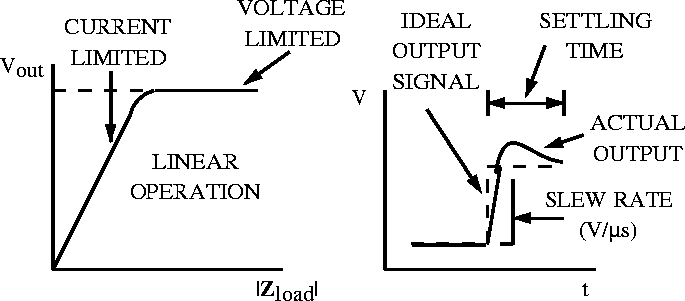
Figure 6.33: a) Voltage-limited and current-limited operational regions for an operational amplifier and b) definition of slew rate and settling time for an operational amplifier.
The presence of resistance at the output of the op-amp limits the current that the amplifier can deliver into a load, as shown in figure 6.33. Current limiting is a nonlinear property that invalidates the two normal approximation rules. When an op-amp is driven into a current-limiting condition it goes into saturation and becomes a constant current source. For a large load the output signal will be voltage-limited. A similar breakdown of the rules occurs when the amplifier is driven into voltage-limited operation.

Figure 6.33: a) Voltage-limited and current-limited
operational regions for an operational amplifier and b) definition of
slew rate and settling time for an operational amplifier.
The op-amp performance can be demonstrated by applying a step function to the input and observing the output response, as shown in figure 6.33b. The actual output will have a finite slope (slew rate) and overshoot the final voltage value. It then approaches the final voltage either exponentially or with some damped ringing. The slew rate and overshoot are nonlinear effects. The settling time after amplifier saturation is defined as the time between the edge of the applied step function and the point where the amplifier output settles to within some stated percentage of the target voltage value.